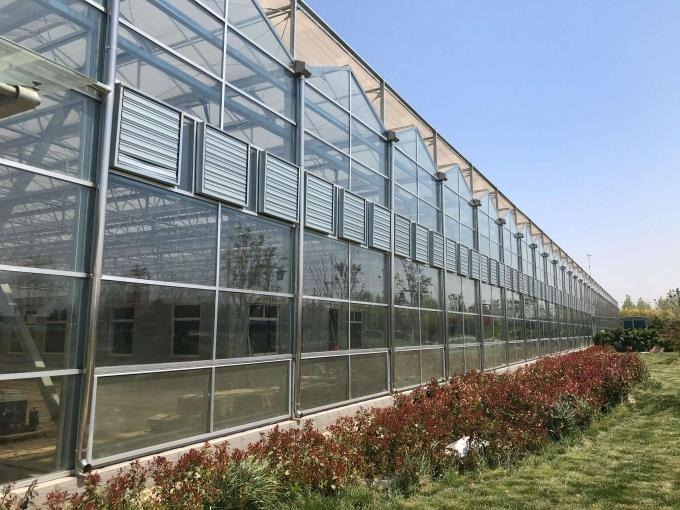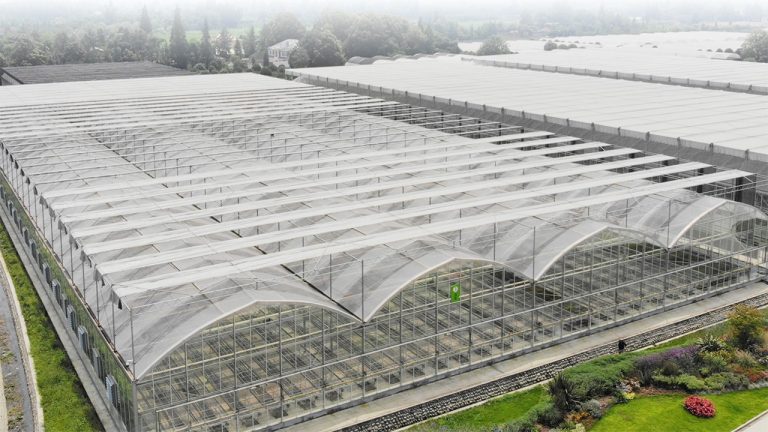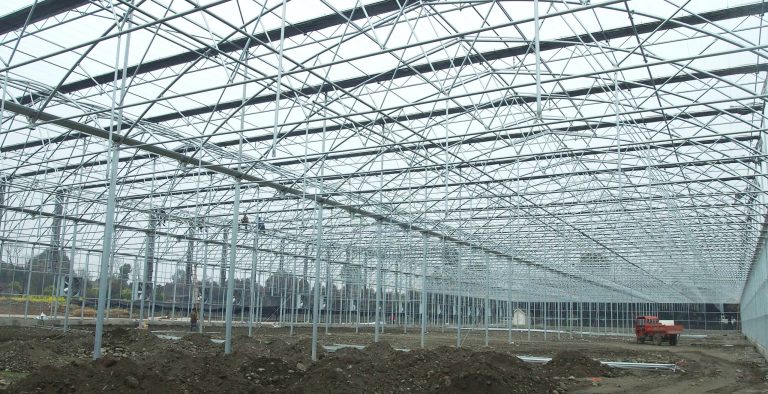
Introduction to Grow Lights for Greenhouses
Grow lights are essential in greenhouses to supplement natural sunlight,especially during shorter winter days,cloudy weather,or for year-round production.They mimic the sun’s spectrum to promote photosynthesis,enabling better growth,flowering,and yields for vegetables,herbs,flowers,or other plants.Choosing the right ones depends on your setup,but modern options like LEDs have become popular due to their efficiency and customization.
Types of Grow Lights
There are several main types suitable for greenhouses,each with pros and cons:
LED(Light-Emitting Diode)Lights:These are the most energy-efficient and versatile option today.They produce little heat,last up to 50,000 hours,and can be tuned to specific spectrums(e.g.,full-spectrum for all growth stages).They’re ideal for large greenhouses as they cover wide areas without excessive electricity costs.However,initial costs can be higher.
HID(High-Intensity Discharge)Lights:Includes HPS(High-Pressure Sodium)for flowering(red/orange spectrum)and MH(Metal Halide)for vegetative growth(blue spectrum).They’re powerful for high-light plants like tomatoes but generate a lot of heat,requiring ventilation,and consume more energy.
Fluorescent Lights(CFL or T5/T8):Good for seedlings or low-light plants.They’re affordable and cool-running but less efficient for mature plants or large spaces,as they provide lower intensity.
Other Options:Plasma or ceramic metal halide lights offer broad spectrums but are less common due to higher costs and complexity.
For greenhouses,LEDs often outperform traditional lights in energy savings(up to 50-60%less power)and reduced heat,which helps maintain stable temperatures.
Key Factors to Consider When Choosing
To select the best grow lights,evaluate these aspects based on your needs:
Plant Type and Growth Stage:Different plants require specific light spectrums.Blue light(400-500 nm)supports leafy growth,while red(600-700 nm)aids flowering and fruiting.Full-spectrum LEDs cover both.For example,veggies like lettuce need more blue,while fruits like peppers benefit from red-heavy setups.
Greenhouse Size and Coverage:Measure your space and check the light’s footprint(e.g.,a 4×4 ft area).Look for PAR(Photosynthetic Active Radiation)or PPFD(Photosynthetic Photon Flux Density)ratings—aim for 200-400µmol/m²/s for low-light plants and 600+for high-light ones.Larger greenhouses may need multiple fixtures or bars.
Light Intensity and Efficiency:Focus on PPE(Photosynthetic Photon Efficacy),which measures micromoles per joule(aim for 2.5+µmol/J for efficiency).Lumens are less relevant for plants;prioritize plant-specific metrics over human-eye brightness.
Energy Use and Cost:LEDs are cheaper long-term due to lower wattage(e.g.,a 600W LED equals a 1000W HID in output but uses less power).Factor in electricity bills and initial investment—budget$100-500 per light depending on quality.
Heat Output and Environment:Greenhouses can overheat,so low-heat LEDs are preferable.Traditional lights may need fans or spacing to avoid burning plants.
Distance and Placement:Hang lights 12-36 inches above plants(closer for fluorescents,farther for HIDs).Adjustable heights help as plants grow.
Durability and Features:Choose waterproof,greenhouse-rated lights with timers,dimmers,or daisy-chaining for scalability.Lifespan matters—LEDs last 5-10 years vs.1-2 for others.
Budget and Sustainability:Start with mid-range LEDs for balance.Eco-friendly options reduce your carbon footprint through better efficiency.
Recommendations
For Beginners/Small Greenhouses:Affordable full-spectrum LED panels like those from brands such as Spider Farmer or Mars Hydro.
For Commercial/Large Setups:High-end LEDs with customizable spectrums,like from Fluence or Gavita.
Top Tip:Calculate your needs using online tools(e.g.,light requirement calculators)and test with a light meter app.
Installation and Usage Tips
Position lights to mimic the sun’s path,using reflectors for even distribution.
Run them 12-18 hours/day for most plants,adjusting seasonally.
Monitor for signs of too much/too little light(e.g.,leggy growth or burns).
Combine with natural light—use grow lights as supplements,not replacements.
If you’re growing specific crops,refine your choice further(e.g.,cannabis favors red-heavy LEDs).Always consult local suppliers for the latest 2025 models.




